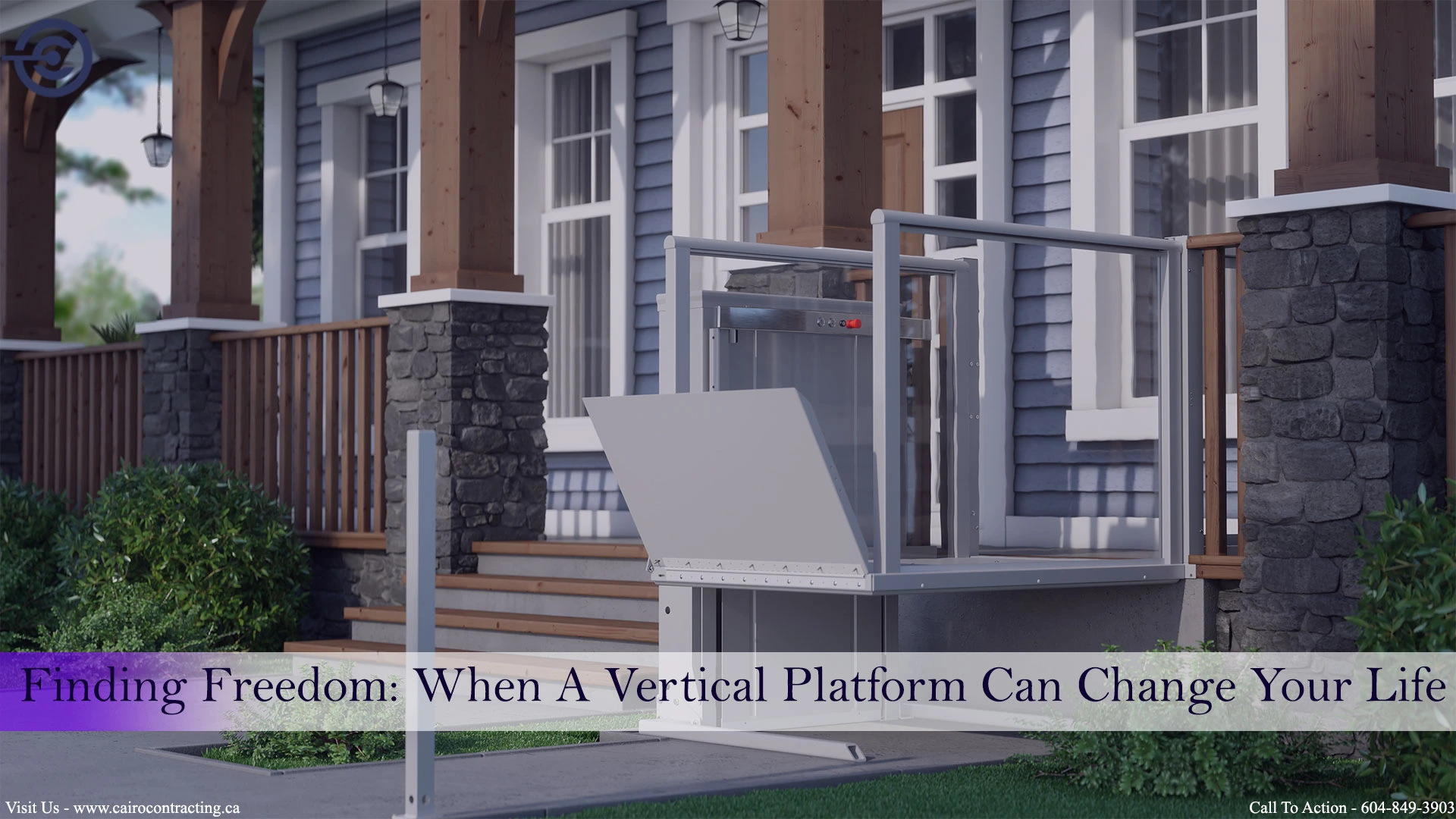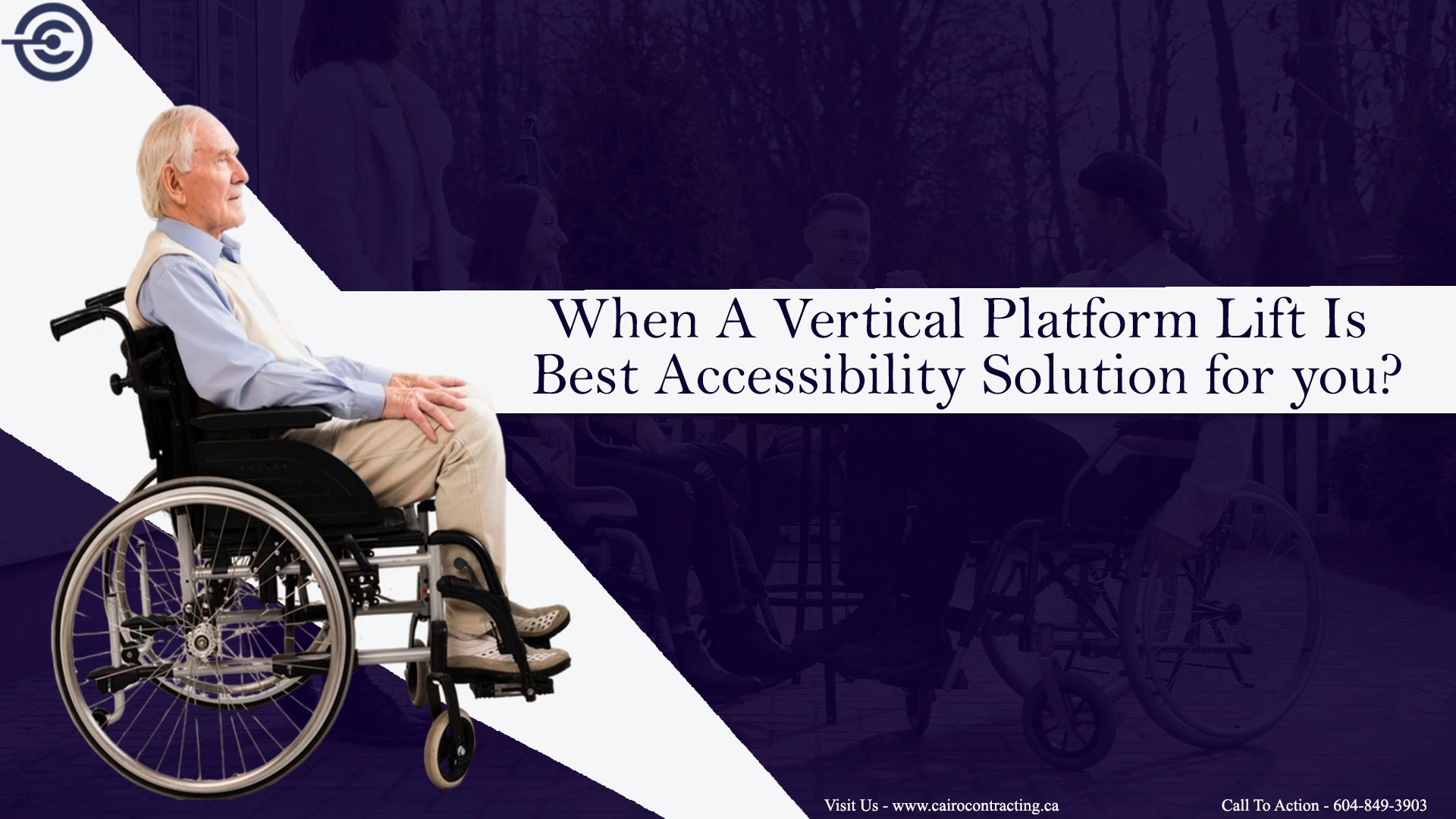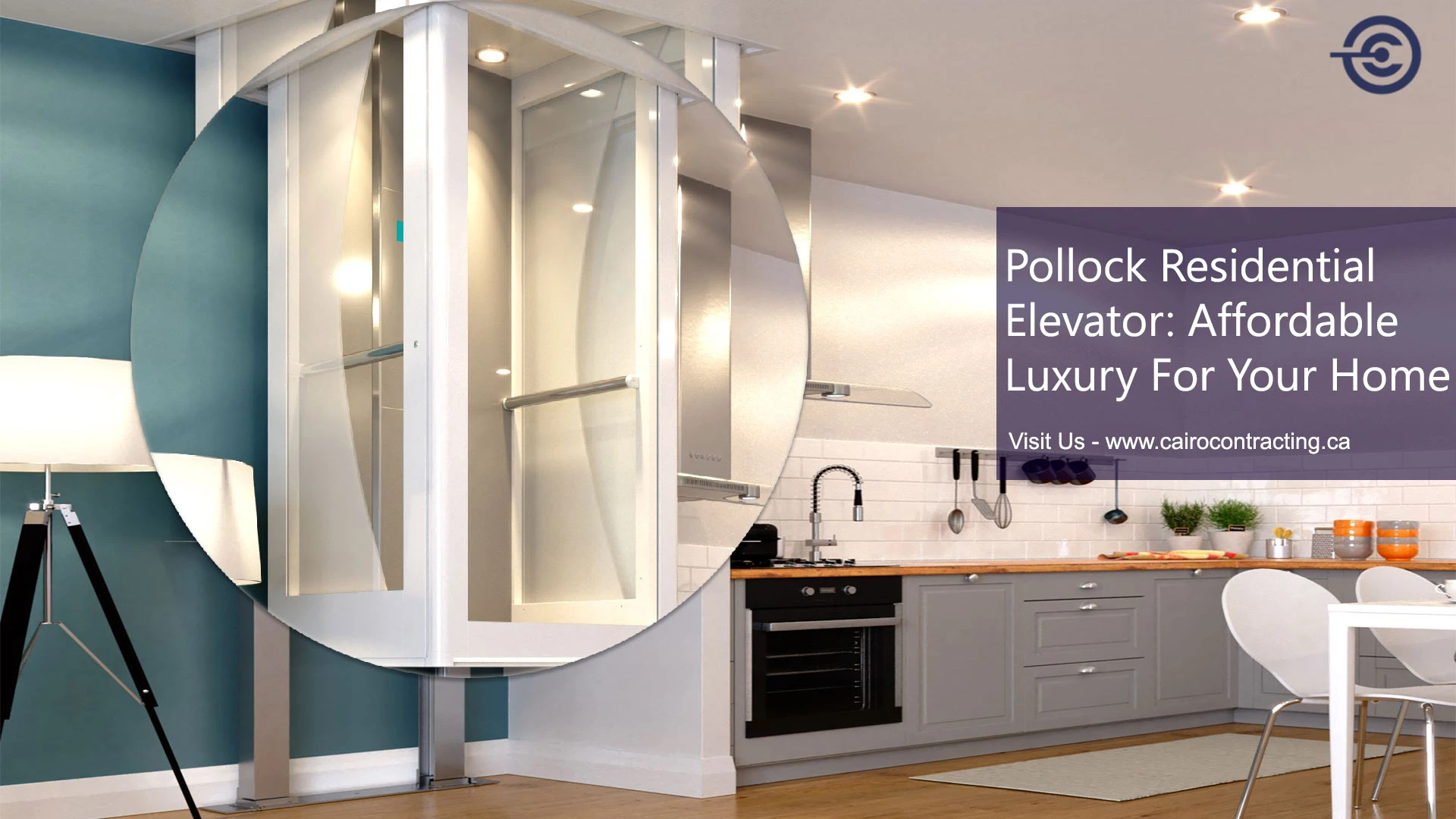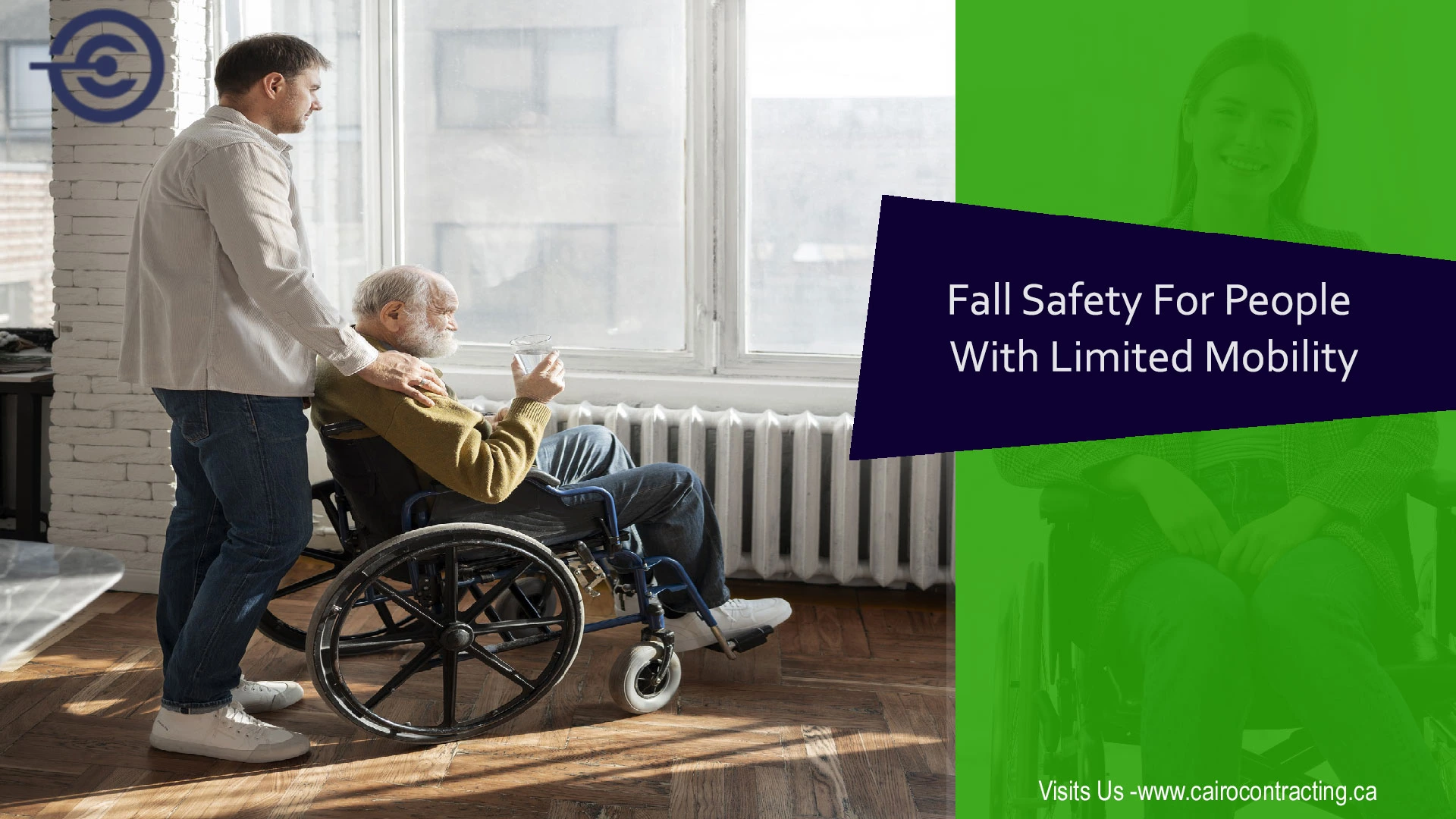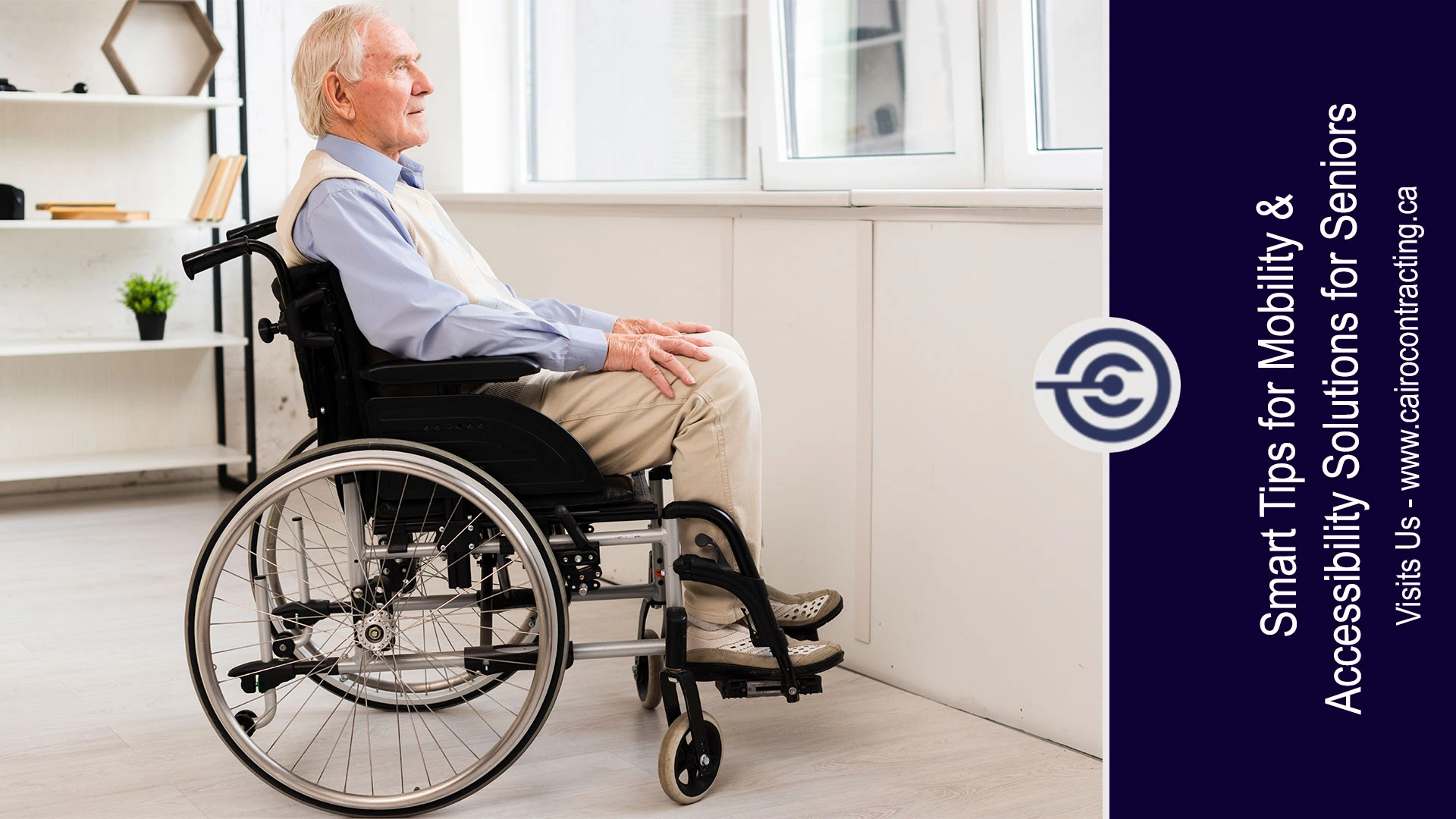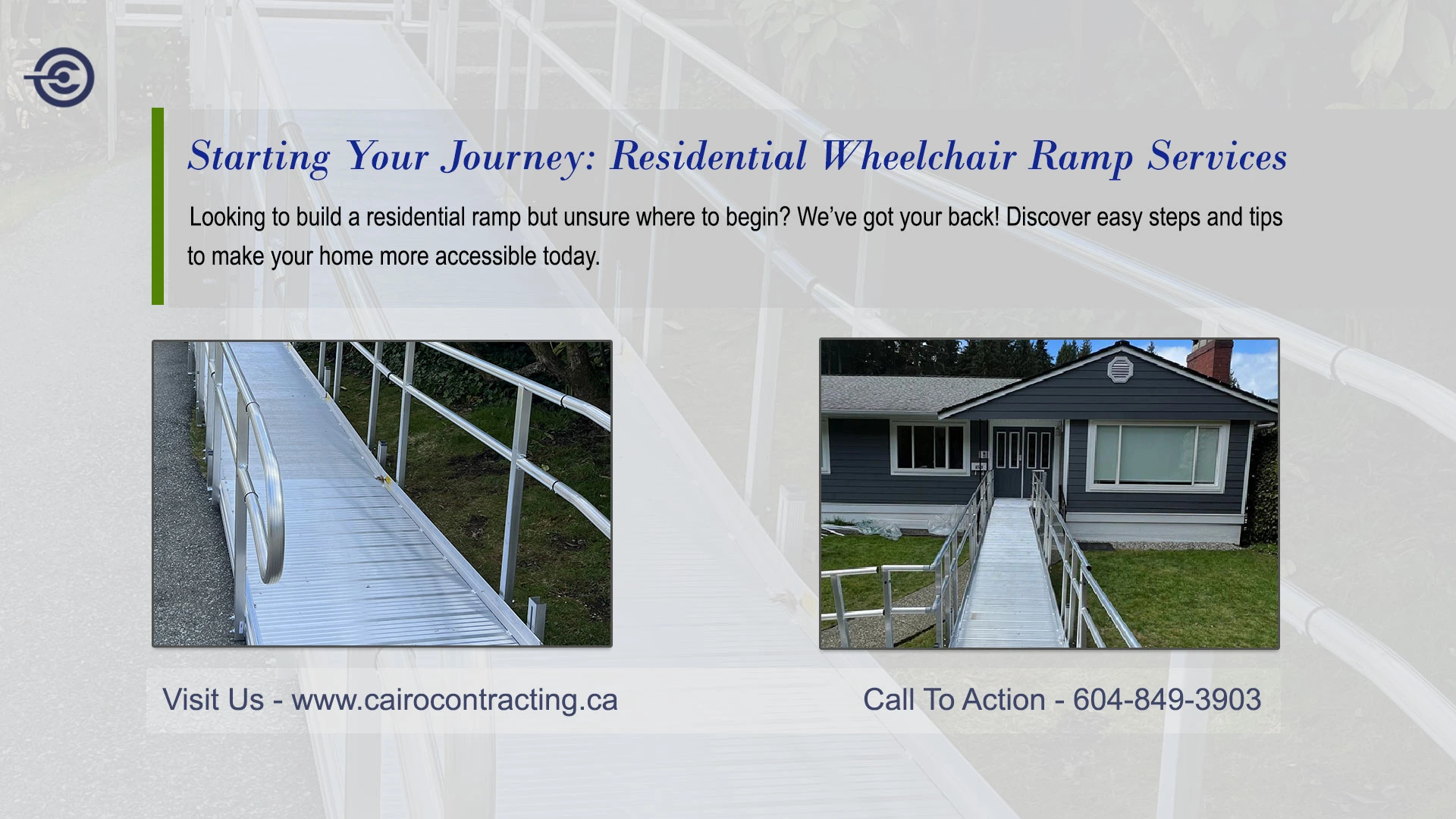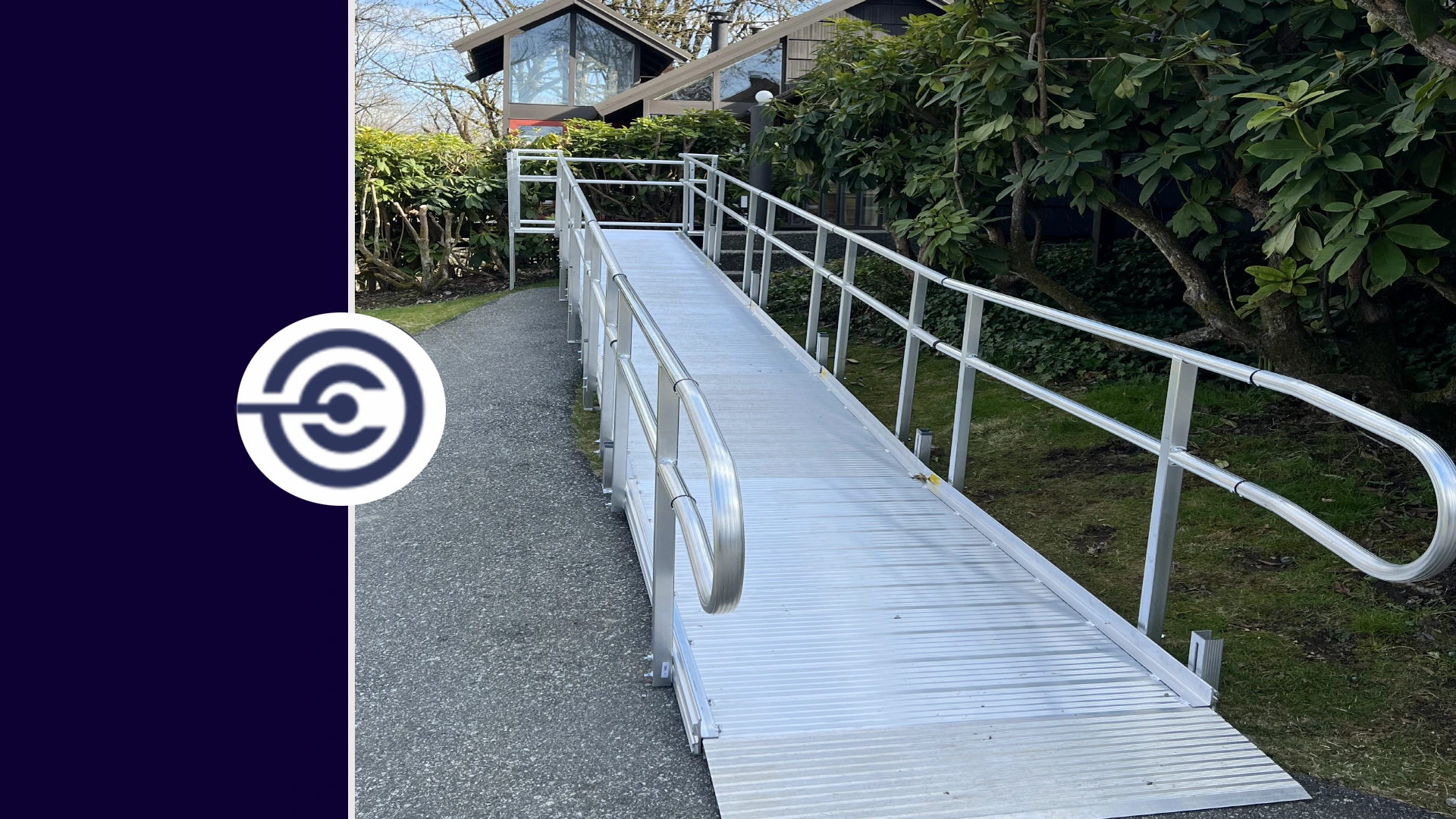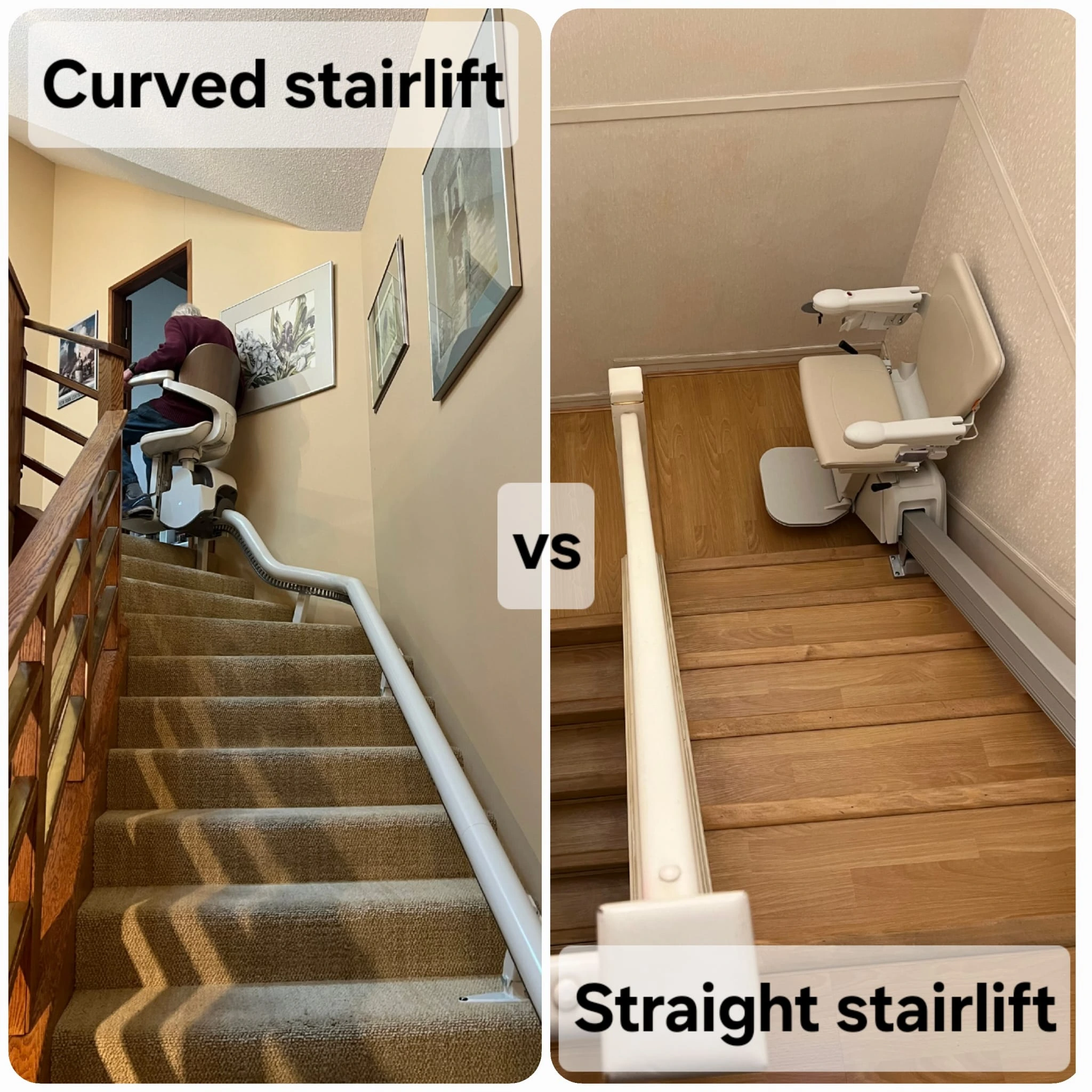When considering how to improve accessibility in your home or business, a Vertical Platform Lift (VPL) could be the ideal solution. Whether you’re dealing with a multi-level home or a commercial building with varying floor heights, a VPL or Porch Lift offers a reliable and efficient way to navigate between floors with ease and safety.
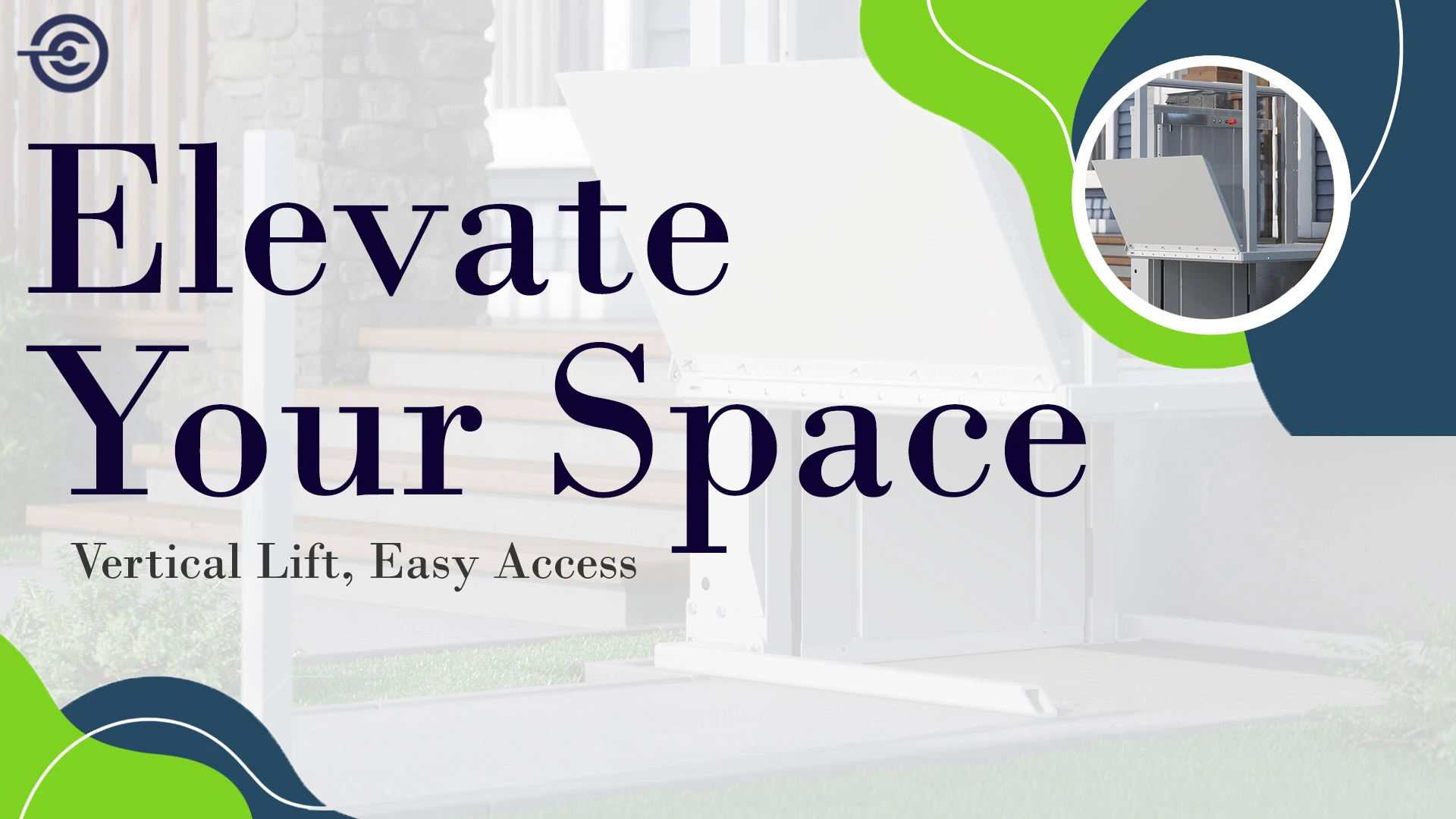
Here’s why now is the perfect time to consider installing a Vertical Platform Lift:
1. Accessibility for All
One of the main reasons to invest in a VPL or Porch Lift is to enhance accessibility for individuals with mobility challenges. Vertical Platform Lifts are designed to provide easy access for wheelchairs, scooters, or those who struggle with stairs. By installing a platform lift, you’re ensuring that your space is welcoming for everyone, regardless of physical ability.
2. Space Efficiency
Unlike traditional elevators, a VPL or Porch Lift doesn’t require as much space. It’s a compact and unobtrusive solution for buildings where space might be limited. It can fit into existing openings or even be added to places where a standard elevator may not be feasible.
3. Increased Property Value
Adding a VPL or Porch Lift to your home or business increases its overall value. Whether you’re planning to sell in the future or simply looking to improve your space, this upgrade can appeal to prospective buyers who prioritize accessibility.
4. Cost-Effective Compared to Other Lifts
While traditional elevators can be quite expensive to install and maintain, Vertical Platform Lifts offer a more budget-friendly alternative without sacrificing quality or safety. Their relatively low installation cost makes them an attractive option for many homeowners and businesses.
5. Perfect for Various Settings
VPLs or Porch Lifts are versatile and suitable for both residential and commercial applications. Whether it’s a home with multiple stories, a church with raised seating, or a retail business with a split-level design, these platform lifts integrate seamlessly into all kinds of environments.
6. Safety First
Safety is a key feature of any platform lift. VPLs or Porch Lifts come equipped with safety features like non-slip platforms, secure gates, and emergency stop buttons, making them an excellent choice for those who need a reliable and safe way to move between levels.
7. Easy to Install
Unlike other types of platform lifts that might require significant structural changes to a building, a VPL is relatively easy to install. Many models are designed to be customizable, meaning they can be tailored to fit your specific space requirements and aesthetic preferences.
If you’re thinking about enhancing your space with greater accessibility, comfort, and safety, now is the ideal time to consider a Vertical Platform Lift. Whether you’re improving your home or creating a more inclusive business environment, a VPL or Porch Lift is a smart, efficient, and affordable way to elevate your space. Call Cairo Contracting today to book a free home assessment and book your VPL for better accessibility!
